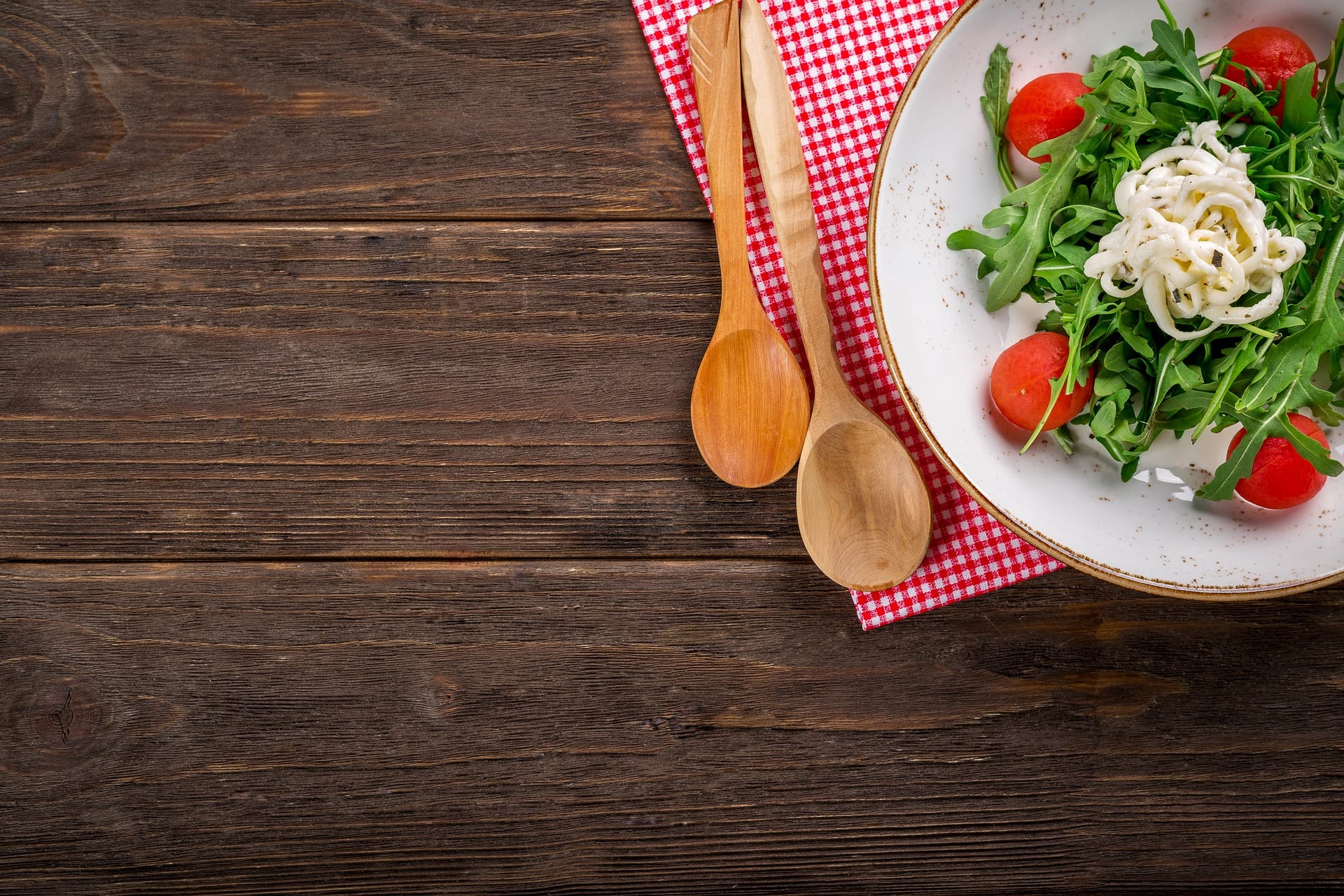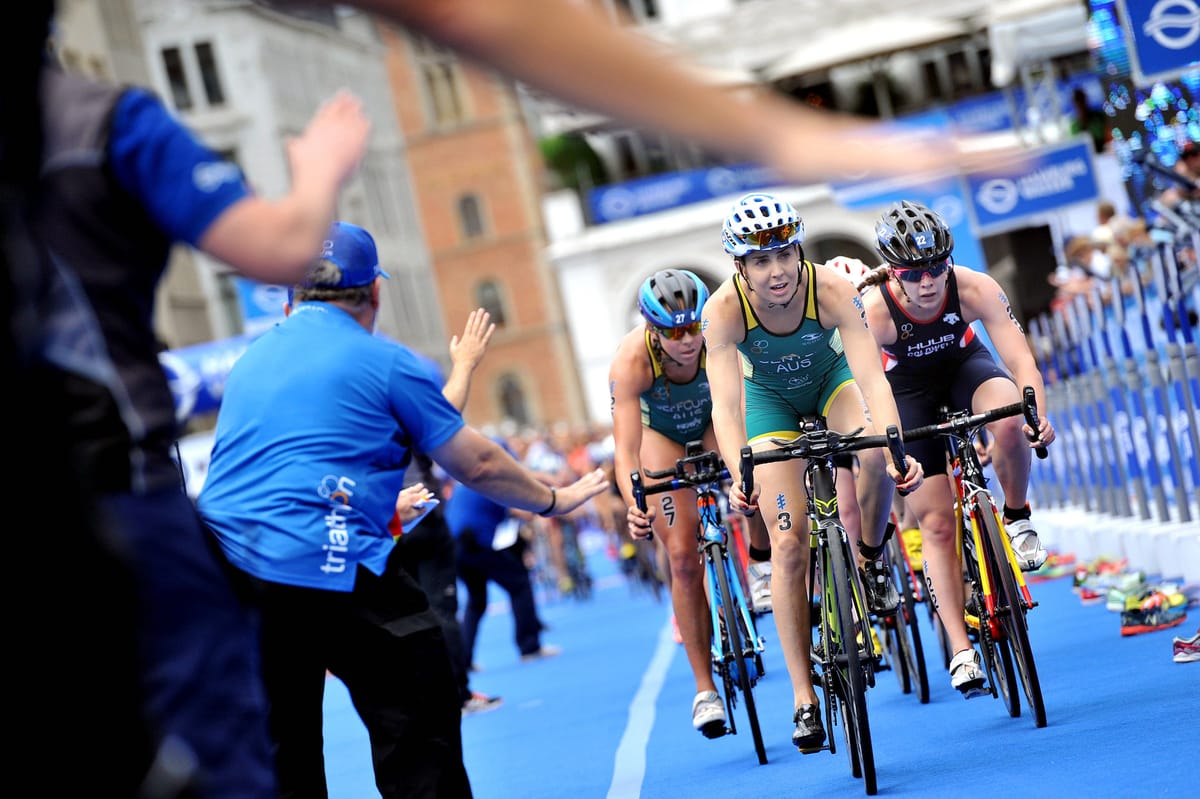Most triathletes, at every level, spend a great deal of time tweaking their gear and tweaking their training programs. But I’m amazed by the number of athletes who neglect an area of preparation that can potentially have more impact on their performance and results than any other, especially on race day – nutrition.
The effect nutrition can have on performance was highlighted when I was competing in Ironman 70.3 Cairns. Normally I use a Bento box to carry my nutrition, but since Cairns was a 70.3 I decided to try taping my gels to the top tube of my bike. It seemed like a good idea, until the rain came down and I lost all five gels. When you’re burning more than 700 calories an hour you need all the calories you can get and there’s no way you can give your best when you’re running on empty. I ended up coming in fourth. I learnt two important lessons in Cairns – don’t trust tape on a rainy day and take your nutrition seriously if you want to succeed.
Nutrition is a massive topic, so rather than try and cover everything I want to give you my own ‘Bento box’ of ideas, information and tips. Here’s some wisdom that comes out of my own experience and research. Dip into it and grab whatever is helpful. I’ve broken it down into tips that will help you with your nutrition before the race, during the race and after the race. Enjoy!
Before the race
When you are tapering your training load before a race, you’ll need to carefully watch your food intake and reduce it accordingly. Less training means you need less calories, so try to balance your calorie input with energy output. Concentrate on eating healthy, nutritious, balanced meals. Eat clean!
- 7 days out from a race – continue to eat well, stay with foods you’re used to and don’t overdo the carbs at this point. Sleep is really important, so avoid too much caffeine.
- 3 days before the race – it’s time to increase your carb intake (by 50% or so) and start loading. Magnesium loading will reduce the likelihood of cramps on race day. Cut down on fibre to lessen the chances of gastric upset and definitely steer clear of the spicy stuff. Keep it simple.
- The day before the race it’s time for some final carb loading, especially at lunchtime. Your evening meal shouldn’t be too heavy – you definitely want it to be digested before race time in the morning and you want a good night’s sleep – eat earlier rather than later.
Be aware that as you carb-load your weight will increase slightly – your body stores 3g of water for every 1g of glycogen it has stored. You will lose this during the course of the race.
Race day
Your body can store roughly 2000 calories in your muscles and liver as glycogen and in your bloodstream as glucose. When you wake up, you will need to top up the energy you’ve burned overnight. That’s going to be an early breakfast. Experts suggest that you need to consume roughly 2g of carbs per kg of body weight and recommend eating it at least two hours before the race – which makes for a very early start! Keep your breakfast low in fibre, low in fat and easily digestible.
- Whatever you’re going to eat pre-race, make sure you have ‘road-tested’ it beforehand so you know that your stomach is going to be okay with it. Take into account the pre-race nerves too.
- Your body can store enough carbs for roughly 60 – 90 minutes of racing, depending on the intensity. That means that when you come out of the water after the swim you’re already heading into calorie deficit and will need to start refueling straight away. You may feel hungry, but eat something anyway – a gel, small snack or sports drink.
- The bike leg is the best opportunity to get some calories into your body. Most athletes use gels and fluids as their primary source of carbs on the ride. Stick with whatever is kind to your stomach and ensure that you are getting enough energy each hour to set you up for the run.
- Remember eating isn’t just about providing the required calories. I know some Aussie athletes who love Vegemite sandwiches – they are tasty, high in easily digested carbs and have plenty of salt to help reduce the risk of cramps. I like to carry some treats in my special needs bag. Sometimes a Mars Bar is a good treat which helps me stay positive as well.
Post-race recovery
After a race nothing hits the spot like a cold beer! But it’s important to realise that an Ironman event places a massive strain on your body and recovery is as important as preparation for a triathlete. So, before you drink alcohol, carefully consider how you can quickly begin the refuelling and repairing process. Here are some tips to aid your post-race recovery:
- Your key goals are to restore your liver and muscle glycogen stores and replace the fluid and electrolytes that you have lost through sweating. Obviously, the extent of these deficits will depend on the intensity of the racing and the conditions you’ve been racing in. For example, Kona is an intense race and even on a good day the heat and humidity are tough. When you cross the finish line your glycogen levels are depleted and you are significantly dehydrated. A cold beer is not going to be enough!
- It may take up to 24 hours to restore your muscle glycogen levels. Current research indicates that immediately beginning to consume carbs, in the form of high GI foods can help with this process. How much should you eat? The experts suggest consuming 1 -1.5g per kg of body weight of carbs in the first few hours is optimal and about 6 -10g per kg of body weight in total over the first 24 hours will significantly aid recovery.
- You will also need to rehydrate and replace the sodium lost through sweat. Most sports drinks don’t have quite enough salt, since this can affect the taste, so you can add this in through what you eat.
- Coffee, caffeine-rich energy drinks and alcoholic beverages may make you feel better, but they’re all diuretics, so they’re not going to help with the rehydration process. Enjoy them sparingly if you want to recover quickly and effectively.
- Recognise that deliberately and sensibly eating and drinking may be the last two things you feel like doing, so plan for your post-race recovery beforehand and then stick to the plan – your body will thank you and you will recover much quicker after the race.
A final word
I know many triathletes who are more concerned about the fuel they put into their cars than what they put into their bodies. You need to take nutrition seriously – the time and energy you put into developing a nutrition plan that effectively and comprehensively covers training, racing and recovery is a great investment. And it’s an investment that will pay off in helping you achieve your best both on and off the course. Eat healthy, eat right and reap the benefits!








